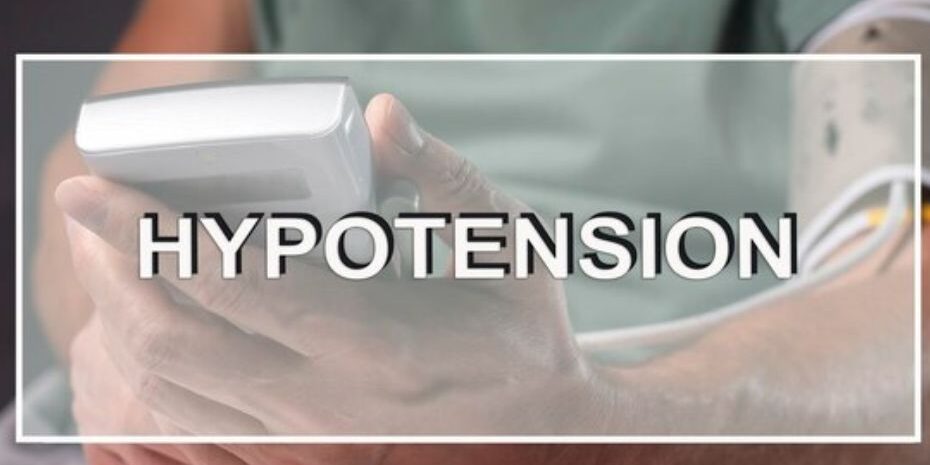Introduction
In most cases, a systolic blood pressure value of less than 90 mm Hg and a diastolic blood pressure reading of less than 60 mm Hg are regarded to indicate low blood pressure (diastolic).
The threshold at which one person’s blood pressure is regarded safe may be different from that of another. Symptoms of low blood pressure range from being unnoticeable to being severe enough to induce fainting. Low blood pressure may be fatal in extreme cases.
Dehydration and more severe medical issues are also potential causes of low blood pressure. Identifying the root cause of low blood pressure is crucial for effectively treating the condition.
Reasons and Forms Of Low Blood Pressure
Standing-up blood pressure drop (postural hypotension). This is a dip in blood pressure that occurs suddenly upon getting up from a seated or laying down posture. Dehydration, prolonged bed rest, pregnancy, certain medical disorders, and some drugs are all possible causes. Older people often have this form of low blood pressure.
decreased blood pressure after eating. In the first two hours after eating, blood pressure naturally drops. Older persons, particularly those with hypertension or illnesses of the autonomic nervous system like Parkinson’s disease, are at increased risk. It has been suggested that consuming many short, low-carbohydrate meals per day, increasing water intake, and avoiding alcohol will alleviate symptoms.
Hypotension is caused by a neural mechanism. Shortness of breath is a reduction in blood pressure that occurs after prolonged standing. Typically seen in children and young adults. There might be a breakdown in communication between the heart and the brain that causes this.
Degenerative atrophy of many systems is accompanied by orthostatic hypotension. This very uncommon condition, also known as the Shy-Drager syndrome, affects the neurological system, which regulates vital processes including blood pressure, heart rate, respiration, and digestion. Having very high blood pressure when laying down is a common symptom.
Diagnosis
The symptoms of hypotension include low blood pressure and the diagnosis is made after a physical examination and medical history are taken. Blood pressure will be taken as part of the test.
Treatment Of Low Blood Pressure
In order to find out what’s causing your low blood pressure, you may need to undergo further testing.
Diagnostics involving the blood. It is possible to identify conditions like hypoglycemia, hyperglycemia, and diabetes as well as conditions like anemia and low red blood cell count by blood testing, all of which have been linked to reduced blood pressure.
Electrocardiogram (ECG or EKG) (ECG or EKG). This simple and noninvasive examination detects irregularities in the heart’s electrical activity. Electrodes (sensors) are inserted into the chest, and in some cases, the arms and legs, during an ECG. A machine with a display or printer receives data through wires from the sensors. An electrocardiogram may reveal the rate of the heart’s contractions. It’s useful for determining whether or not a heart attack has already occurred.
The exam involves a tilted table. The body’s responsiveness to directional shifts can be measured with a tilt table test. For this test, participants must lie face down on a table that is then tilted so that their upper bodies are raised, simulating the transition from a supine to an upright position. There are straps that secure the body. During the examination, your pulse and blood pressure will be tracked.
Conclusion
If you are looking for a good doctor to treat you for Hypotension, contact Dr. Girish Karad.



